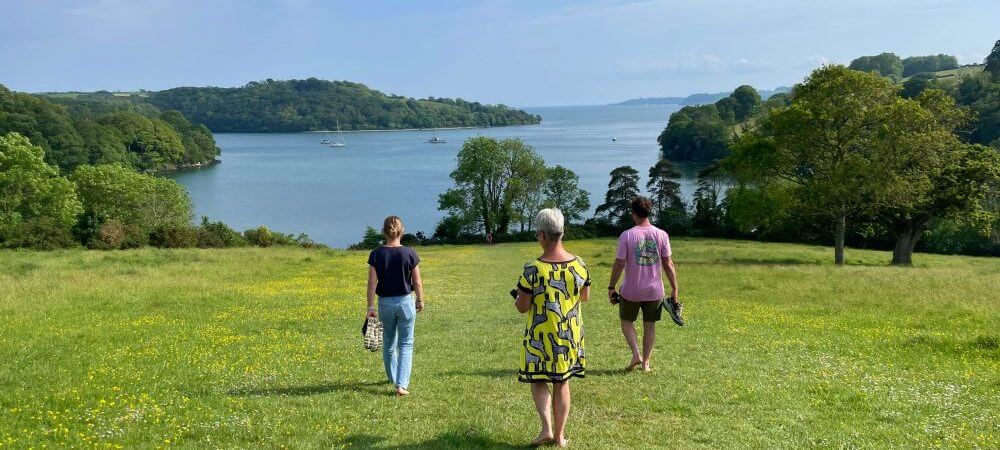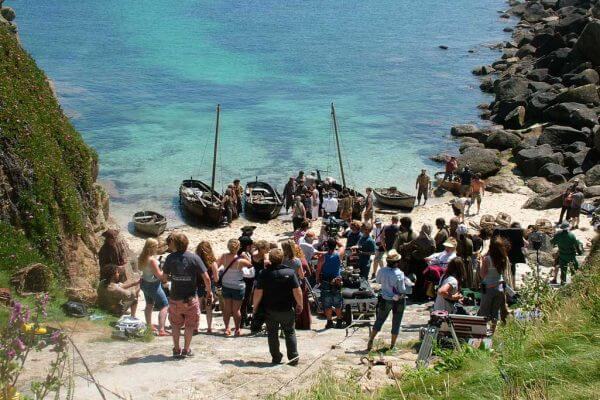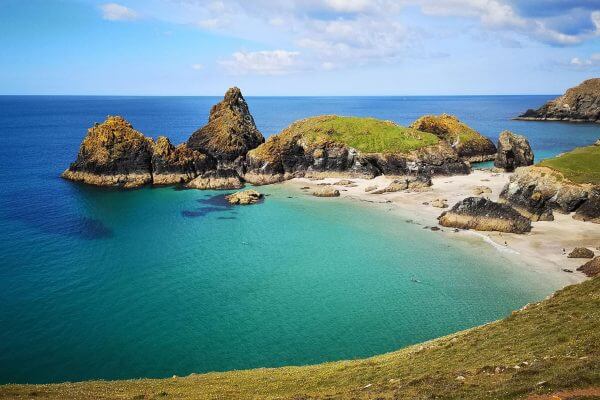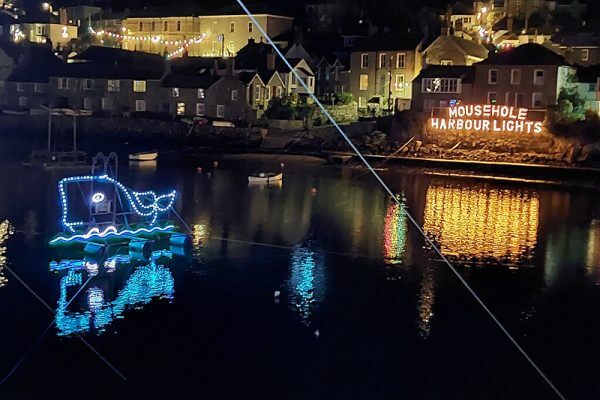Our Favourite National Trust sites in Cornwall

With dozens of National Trust sites across Cornwall, for our blog this week we are celebrating this wonderful charity and its fantastic places to visit around the region…
What makes the National Trust so special?
Since 1895, the National Trust has been dedicated to protecting and preserving places of natural beauty and historic significance across England, Wales, and Northern Ireland.
As the largest private landowner in the UK, the National Trust is responsible for maintaining:
- Over 2,500km2 of land
- Over 1,200 miles of coastline
- Over 500 historic houses, castles, parks, and gardens
- Nearly a million works of art
In fact, the National Trust is the biggest conservation charity in all of Europe.
Across Cornwall alone, there are over 50 National Trust sites to discover.
At Language Tree, we have registered as a National Trust educational institution member. This is a fantastic way for us to introduce the National Trust to as many of our students as possible!

As President of the National Trust, I never cease to be amazed by the uniquely varied activity with which it is involved: it is custodian of an extraordinary range of our national heritage, from beautiful countryside and coastline to fine gardens and country houses. Yet the Trust is not only about the ‘great and grand’; it looks after many unexpected treasures too.
King Charles III
Trelissick: a beautiful house, sub-tropical garden, and its very own beach!
From Trelissick house and around its gardens, you have some of the finest views in Cornwall, with panoramic vistas across the Carrick Roads (a network of rivers that weave their way into the Fal before reaching the sea at Falmouth). Alongside its views, Trelissick has so much to offer: a fascinating house which was home to one of the UK’s first female MPs, a sub-tropical garden full of exotic plants and a hidden beach perfect for a dip.
As well as all these treats, no visit to Trelissick is complete without a stop in its tearoom. Set in a sun-catching Orangery in the house, there’s no better place for a Cornish cream tea with views down to the water.
We love to stroll down to the beach at high tide to sit on the shore and watch the sailing boats clip along the water. For any brave students, it is also the perfect place for a dip in the clear, refreshing water!

Another of the National Trust’s fine houses in Cornwall is Lanhydrock house and gardens. A historic house with a dramatic past on a par with Downton Abbey!




A visit to Lanhydrock House & Gardens and is something we love to include for all our students. As well as preserving historic architecture, part of the magic of the National Trust is how they tell the stories of the past giving our students a rich insight into English history and culture.
In every National Trust house, you will find an enthusiastic team of National Trust volunteers who love the opportunity to share the stories of these houses with you.
Visit the world’s only Cornish beam engine – all in working order! – at Levant Mine
The importance of Cornwall’s mining heritage can not be overstated. The region was at the forefront of the Industrial Revolution due to the rich vein of tin and copper running underneath it that has been mined since the Bronze Age.
Although the Industrial Revolution was centuries ago, the Cornish landscape continues to reflect its mining history. In fact, some tin mines only closed a decade or so ago, and the mining of china clay is very much still happening in Cornwall to this day.
To get a feel of what mining was like 200 years ago Levant Mine & Beam Engine is a unique place where National Trust volunteers demonstrate the only operational beam engine in the world in its full glory. It’s quite incredible to see a machine built in 1840 still in working order.
As well as learning about mining history, a trip to Levant is an excuse for us to take you on a mini coast walk to soak up more of Cornwall’s impressive coastline. It’s a wonderful place for enjoying wildflowers, birdwatching, or simply being mesmerised by the sound of the ocean crashing against the cliffs.

Glendurgan Gardens
At the time of the Industrial Revolution, Cornwall was one the richest places on earth. For the landowners who became rich from mining and other businesses, the trend at the time was to spend your wealth on philanthropy and creating magical gardens. The Fox family – who created Glendurgan and Trebah – did both and the results today are spectacular.
Glendurgan & Trebah gardens sit next to each other in a steep sided, sheltered valley stretching down to the Helford estuary. Two magnificent sub-tropical gardens. One with a maze, another with a beach. In line with their Quaker ideals, workers’ houses were built as well as a school.
It is a wonderful treat to explore these gardens today and see the fruits of their labours are still so vibrant and alive.


As well as maintaining buildings, the National Trust also plays a key role in maintaining the coast path around Cornwall.
Recently popularised through the inspiring book and movie, The Salt Path, the South West Coast Path is a magical path for adventures and contemplation.
It is a key part of our programmes and without the National Trust (and other organisations) maintaining it, this wonderful resource wouldn’t be half as magical as it is.
We can’t wait to introduce you to all these fantastic places when you join us!
Send us a message to start planning your trip to Cornwall this summer 🙂









